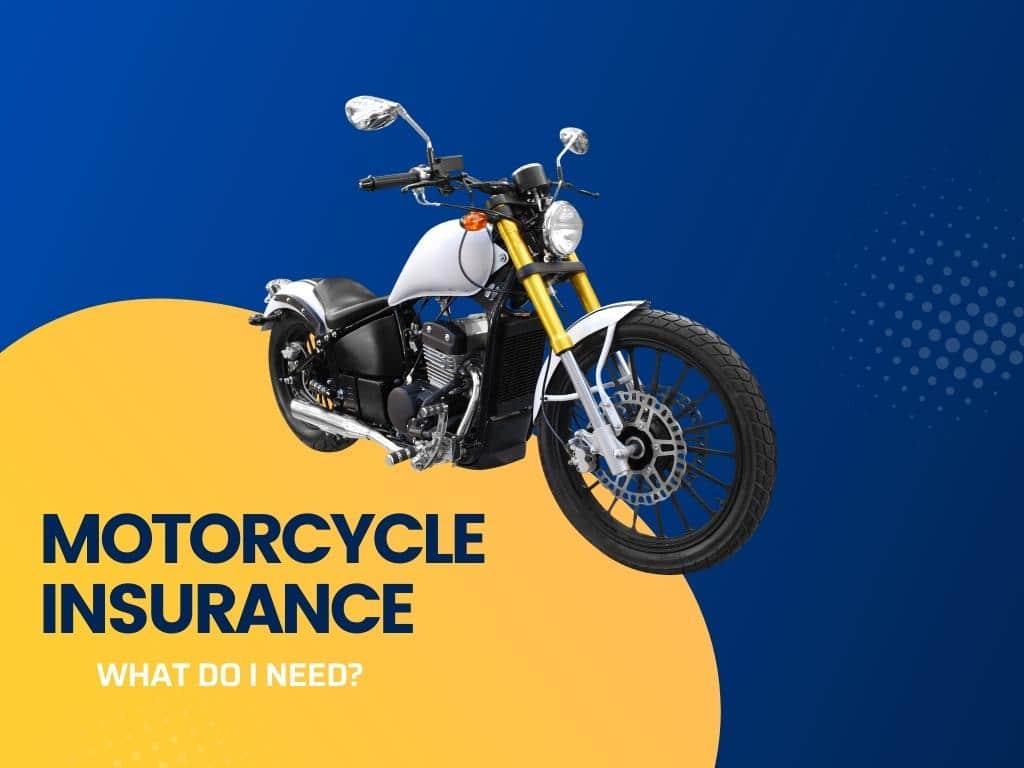When shopping for motorcycle insurance, what do I need to look for? It can be hard to know. With the many choices of policies available, the screening process becomes overwhelming.
No worries! We’ve prepared this guide about motorcycle insurance details so that you can decide with confidence.
Motorcycle Insurance: What Do I Need to Pay Attention to?
Determine your needs first to get the best deal. Go through the coverage options, liability, discounts, and a few other features.
Here are the things to consider when shopping for motorcycle insurance:
Coverage options
The cost of damages and injuries can be high, so you must have the right coverage in place. There are three crucial types of coverage that you should make sure your policy includes:
- Liability coverage
- Uninsured motorist coverage
- Collision coverage
Liability coverage will be your savior if you’re sued after an accident. It will cover the costs of any damages or injuries that you cause to another person or their property.
Uninsured motorist coverage will protect you if you’re in an accident with a driver who doesn’t have insurance.
And collision coverage will cover the costs of repairing or replacing your motorcycle if it is damaged in an accident.
Discounts
Ask about discounts for good grades, safe driving, and membership in a motorcycle club.
Discounts are a great way to save money on your policy. Ask the agent about all kinds of discounts that may be available.
Some insurance companies offer discounts for members of specific organizations, such as the American Motorcyclist Association (AMA).
You may also get a concession for having safety features installed on your bike, such as an anti-theft alarm or a motorcycle cover.
Deductibles
When looking for motorcycle insurance, you should estimate deductibles for medical expenses, towing, and storage charges.
Deductibles refer to the percentage of the cost you will carry for a covered claim. For example, if your bike’s repair cost in a covered accident is $1,000 and your deductible is $200, the company will pay $800 in this case.
Agreeing to a higher deductible may land you into a lower insurance premium. But you should set it to a small amount if you like to ride it rough and get into accidents often. You can set deductibles separately for each coverage type, so fix the amount wisely.
Ask the provider about the deductible amount and how it is applied. For example, does the deductible apply for every incident or year?
Cost
Be sure to compare rates from different providers because rates vary widely among insurers.
The cost of the policy depends on various factors. Your monthly premium will vary because of policy types, coverage options, deductibles, and a few more aspects.
Before purchasing a policy, be sure to read the fine print and ask questions if you don’t understand something.
Staying safe behind the wheel should be your primary concern. But accidents happen, and insurance gives you additional safety after those unfortunate events. This article will provide you with proper guidance on all things you need to look for when buying motorcycle insurance.
FAQs about Motorcycle Insurance
Is motorcycle insurance required by law?
Yes. Motorcycle insurance is legally required in most US states. By law, motorcycle owners are required to carry liability insurance on their bikes to cover damage or injury to others in the event of an accident.
How much is motorcycle insurance?
Monthly motorcycle insurance premiums vary widely based on your age, motorcycle make and model, coverage limits, and previous driving and claims history. On average, motorcycle insurance costs between $200 and $500 annually with full coverage, or between $100 and $200 for liability-only coverage.
What types of motorcycle insurance coverage are available?
Three main types of coverage are available: liability insurance covers damage you cause to others, collision covers damage to your motorcycle, and comprehensive covers theft and damage unrelated to collisions. Optional coverages like medical payments and uninsured/underinsured motorist are also offered.
Does motorcycle insurance cover medical bills?
Medical payments coverage or PIP (personal injury protection) can pay for your medical bills and lost wages after an accident, regardless of fault. However, this coverage is optional and you’ll need to purchase it as an add-on to your basic liability insurance. Most motorcycle insurance policies do not cover medical bills by default.
Can I insure my motorcycle during the winter?
Yes! Many insurers offer policies that allow you to insure your motorcycle year-round even if you only ride part of the year. This ensures your bike is covered in case of theft or damage during periods of non-use.
Will an accident increase my motorcycle insurance rates?
Yes, at-fault accidents or traffic violations usually result in rate increases as insurers see you as a higher risk. The more severe the accident, the higher your rates will go up. Try to stay claim-free to get the best rates.
How long does a rate increase last after an accident?
Rate increases resulting from at-fault accidents typically remain on your record for 3 to 5 years. The quicker you repair your claims history, the sooner your rates will return to normal. Insurers consider driving record, claims filed, and severity of loss when setting rates.
What happens if I miss a motorcycle insurance payment?
Insurers typically send several notices before taking action, but ultimately your policy could be cancelled if payment is not received. Depending on how late your payment is, you may also owe fees in addition to the premium. Make payments on time to avoid gaps in coverage.
If I store my bike over winter, do I need insurance?
Yes, even stored bikes are at risk of theft or damage. Comprehensive insurance covers these risks and is typically not seasonal. Unless your policy allows ‘seasonal lay up,’ keep coverage active year-round for maximum protection.
What discounts are available from motorcycle insurers?
Many insurers offer discounts for completing a rider training course, having anti-theft devices, multiple policies, low annual mileage, and membership in groups like the AAA or AMA. Ask your local agents about available discounts.




